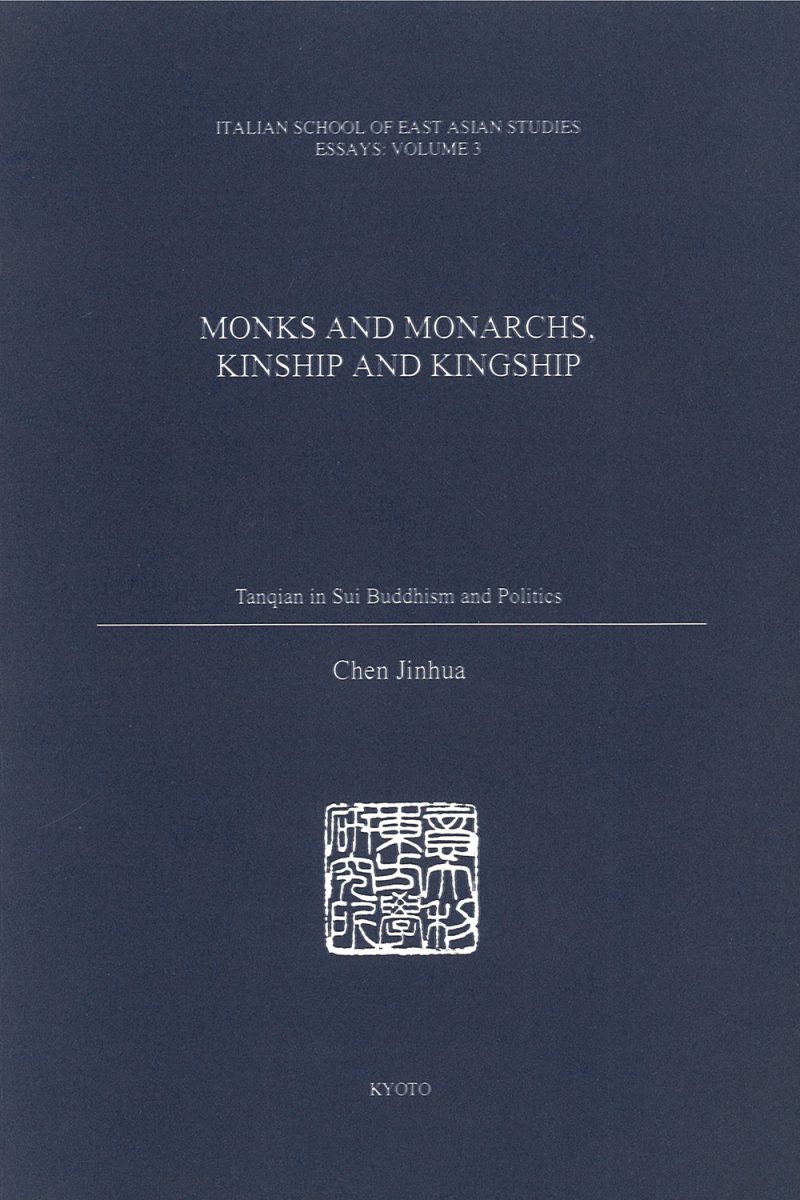Information
More than a collection of essays, a book focusing on the Buddhist monk Tanqian (542-607), who lived in China under the Sui dynasty. Two aspects of Tanqian’s legacy are analyzed in detail: the relic-veneration movement that he orchestrated at the beginning of the 7th century, and the national meditation center situated at the twin monasteries called Chandingsi, which he supervised. Many meditation masters enrolled in these monasteries are presented in their relations with the five major traditions of meditations of the 6th and 7th centuries to throw new light on the elusive formation of the“orthodox” Chan tradition in the line of Bodhidharma and Huike. This study also reveals the deep impact that the Sui relic-distribution campaigns had on the politico-religious visions of Empress Wu (r. 690-705) as well as the significant (but also long-ignored) role that kinship factors played between the secular and monastic worlds, and within the monastic community.
Table of Contents
- Tanqian’s Life, Background and Disciples
- Tanqian and the Relic-distribution Campaigns during the Renshou Era (601-4), with Appendix A: Two Documents Related to the Renshou Relic-distribution Campaigns (601, 602, 604)
- Tied by Dharma and Blood: Empress Wu’s Relic-veneration as a Legacy of the Renshou Relic-distribution Campaigns
- Six Meditation Groups in the 6th and 7th Centuries
- Tanqian and the Twin Chanding Monasteries, with Appendix B: The “Three Principal Monks” (Sangang 三綱) of The Twin Chanding Monasteries under the Sui Dynasty(581-618)
- Appendix C: The Representatives of the Five Meditation Traditions at the Twin Chanding Monasteries (A Chart)
- Appendix D: A Genealogical Chart of Four Imperial Families: Yuwen (Northern Zhou, 557-81), Yang (Sui, 581-618), Li(Tang, 618-90, 705-907) and Wu(Great Zhou, 690-705)
